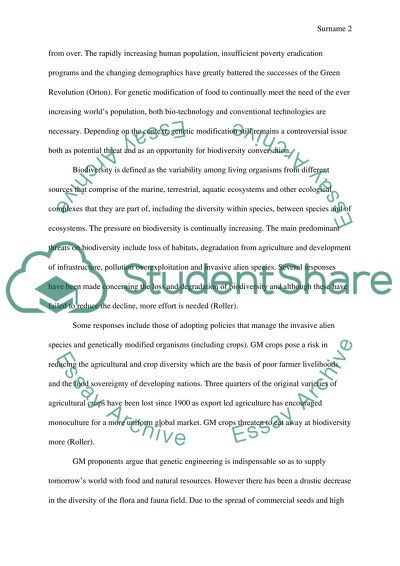Cite this document
(“Genetically Modified Crops are a threat to bio-diversity and cannot Research Paper”, n.d.)
Retrieved from https://studentshare.org/english/1494377-genetically-modified-crops-are-a-threat-to-bio
Retrieved from https://studentshare.org/english/1494377-genetically-modified-crops-are-a-threat-to-bio
(Genetically Modified Crops Are a Threat to Bio-Diversity and Cannot Research Paper)
https://studentshare.org/english/1494377-genetically-modified-crops-are-a-threat-to-bio.
https://studentshare.org/english/1494377-genetically-modified-crops-are-a-threat-to-bio.
“Genetically Modified Crops Are a Threat to Bio-Diversity and Cannot Research Paper”, n.d. https://studentshare.org/english/1494377-genetically-modified-crops-are-a-threat-to-bio.


